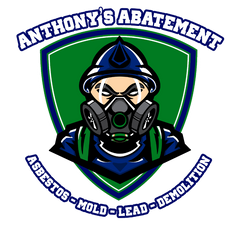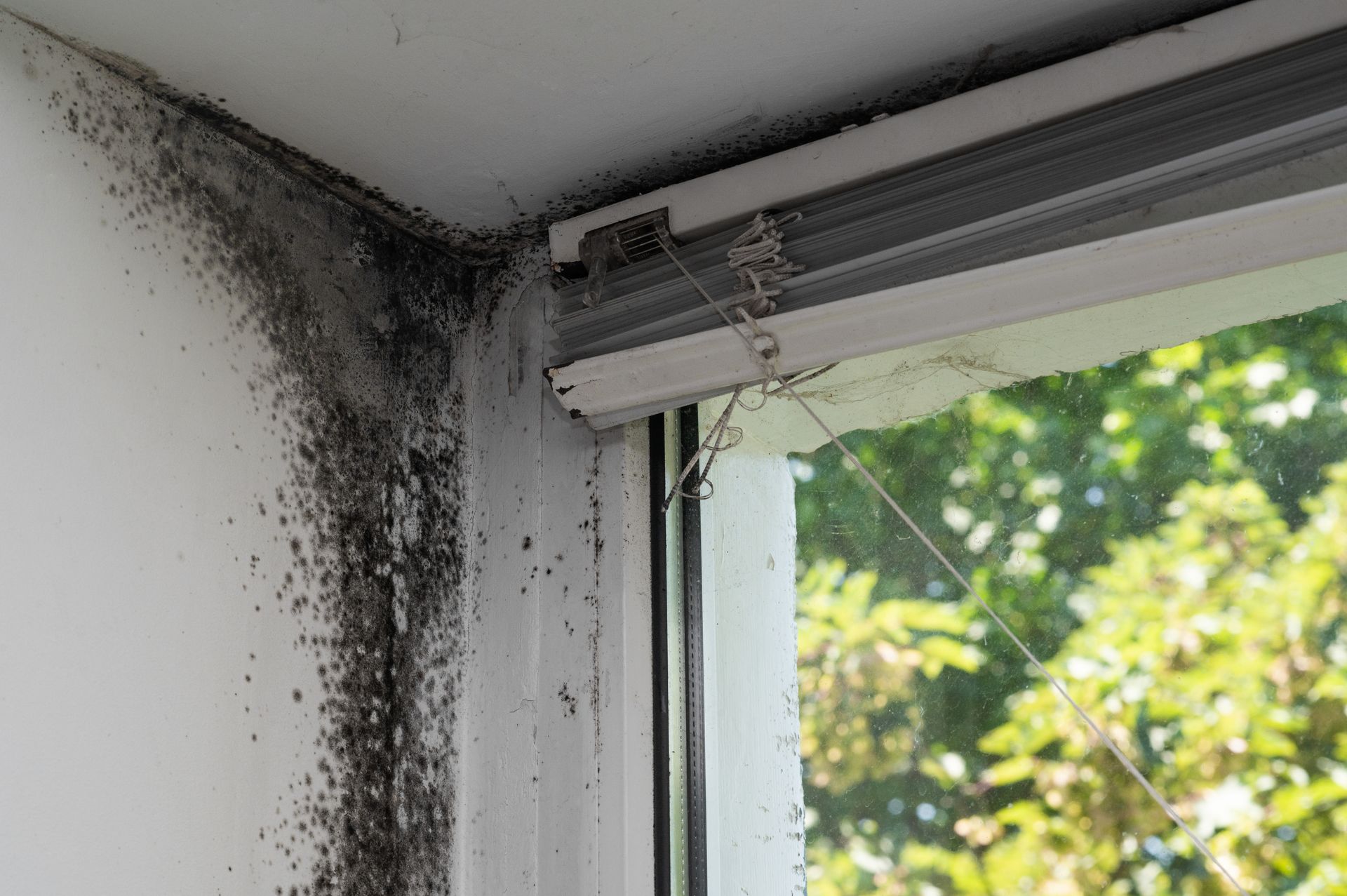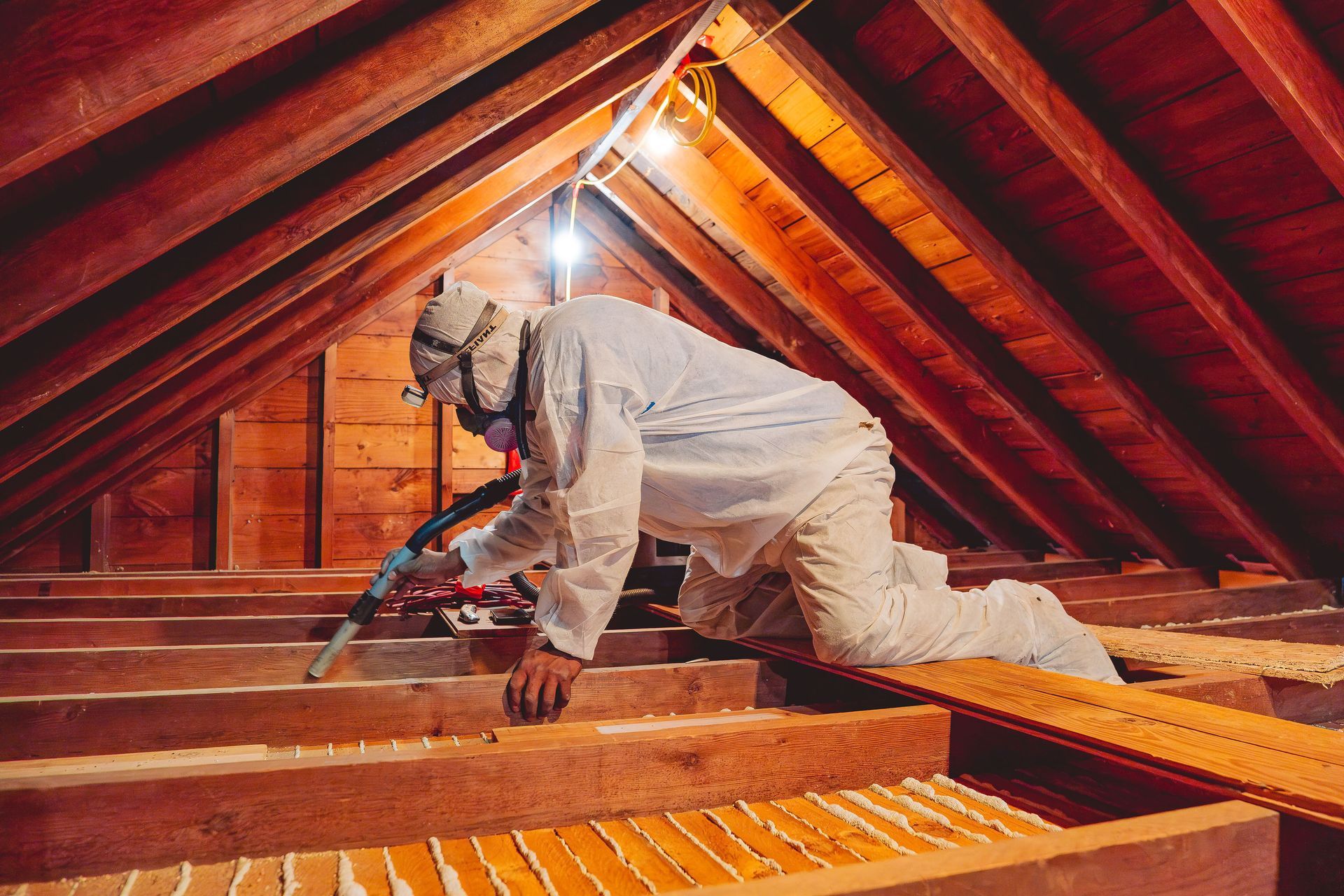What to Do if You Suspect Mold in Your Home
Discovering or suspecting mold in your home can be distressing. Mold not only poses health risks but can also cause significant damage to your property. It’s crucial to understand what mold is, why it grows, and what you can do to manage it effectively.
What is Mold and Why Does it Grow?
Mold is a type of fungus that consists of small organisms found almost everywhere. It can be black, white, orange, green, or purple. In nature, mold plays a crucial part in breaking down dead leaves, plants, and trees. Mold thrives on moisture and reproduces by means of tiny, lightweight spores that travel through the air. You’re exposed to mold every day.
In your home, mold growth can be fueled by damp and poorly ventilated areas. Common sources of indoor moisture that can lead to mold include flooding, roof and window leaks, plumbing leaks, humidifiers, non-vented bathrooms, and damp basements or crawl spaces.
What Should I Do to Prevent Mold Growth in My Home?
Preventing mold growth means controlling the moisture in your home. Here are some strategies:
- Ventilate: Bathrooms, kitchens, and laundry rooms are key areas where moisture can accumulate. Make sure these areas are well-ventilated to the outside to reduce humidity.
- Use dehumidifiers and air conditioners: Especially in humid climates, these can help reduce moisture in the air.
- Fix leaks: Repairing leaks in the roof, windows, and pipes as soon as they occur can prevent mold growth.
- Dry wet areas: Any form of moisture that accumulates, such as from leaking pipes or seepage after a rainstorm, should be dried within 24-48 hours to prevent mold growth.
- Ensure good drainage: Make sure the ground around your home slopes away from the foundation so water does not enter or collect around the building.
What Types of Mold Are There?
Common types of mold found in homes include:
- Aspergillus: Often found on dust, powdery food items, and building materials. It can cause allergic reactions and respiratory infections.
- Cladosporium: This mold can grow in cool areas and on fabrics and wood surfaces. It’s known for causing respiratory problems.
- Penicillium: Easily recognizable by its blue or green appearance on wallpaper, fabrics, and decomposing materials. It’s known for causing allergies and asthma.
- Stachybotrys atra (black mold): Infamous for its production of mycotoxins that can cause severe health issues, including breathing problems and bleeding lungs. It is usually found on cellulose-rich surfaces like wood and paper when there is excessive moisture.
How Do I Know if I Have a Mold Problem? What Are the Signs That You Have Mold Growth?
Signs of mold in your home include:
- A musty, earthy smell.
- Visible growth on walls, ceilings, or other surfaces within the home.
- Excessive humidity and condensation.
- Recurring respiratory symptoms noticed by occupants when inside the building.
What Should I Do If I Find Mold?
If you find a small amount of mold that you can manage (less than 10 square feet), you can clean it yourself using soap and water, or a mixture of bleach and water (no more than 1 cup of bleach in 1 gallon of water). Always wear protective gear such as gloves, masks, and goggles when handling mold.
For larger infestations, it’s best to hire professionals. Mold remediation experts like Anthony's Abatement have the equipment and expertise to safely remove extensive mold growths.
How Can I Get Rid of Mold?
Getting rid of mold involves:
- Identifying and correcting the moisture source.
- Cleaning, disinfecting, and drying the affected areas.
- Removing and replacing damaged materials if necessary, such as drywall or insulation.
Can Mold Make My Family Sick?
Yes, mold can be harmful to your family’s health. Those with allergies, respiratory conditions, or compromised immune systems are especially at risk, but mold can affect anyone.
What Are Symptoms and Effects of Mold Exposure?
Symptoms of mold exposure can range from mild to severe and include:
- Sneezing, nasal congestion, and runny nose.
- Eye irritation (itching, redness).
- Skin rash.
- Throat irritation.
- Coughing and wheezing.
- In severe cases, mold exposure can lead to more serious allergic reactions and asthma attacks.
Understanding mold and its effects can help you create a safer, healthier living environment. If you suspect mold growth in your home, addressing it promptly can prevent the health risks associated with mold exposure and save your home from potential damage. Remember, Anthony's Abatement is here to help you handle any mold issues in your home professionally and effectively.














